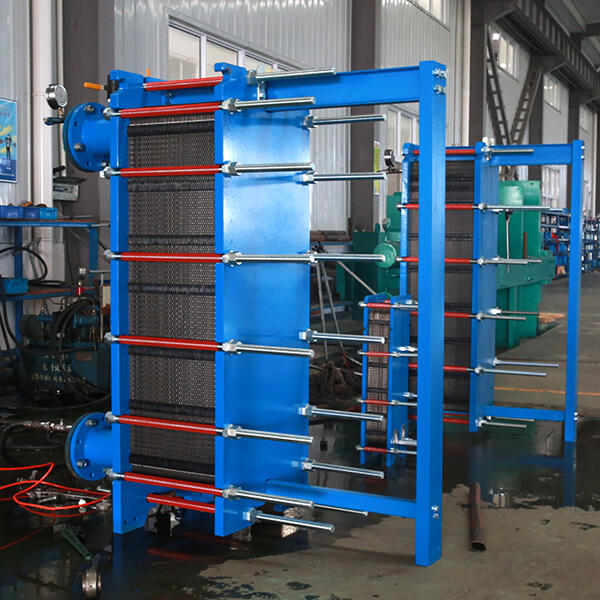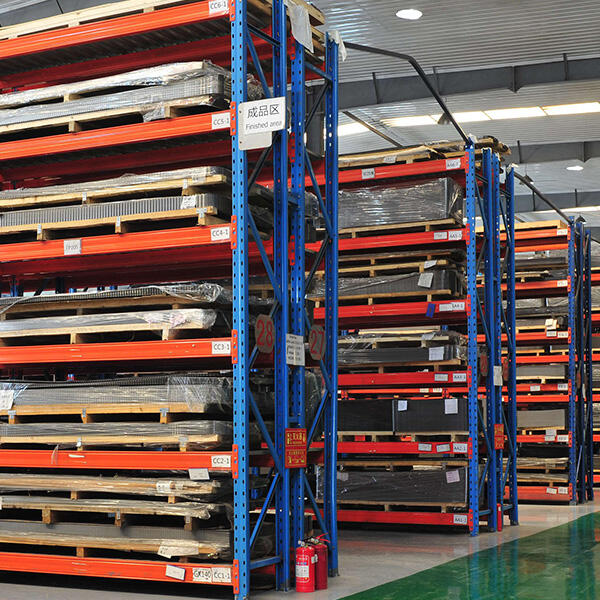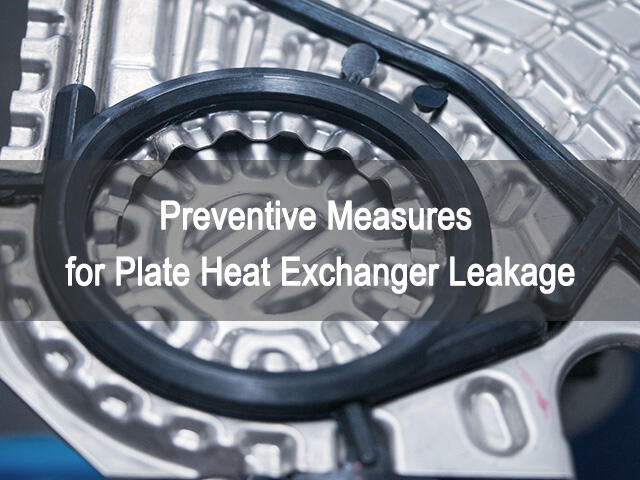Operators should regularly check whether the pressure and temperature of the plate type heat exchanger fluctuate abnormally, and record the operating parameters; observe whether there are signs of leakage on the outside (especially the gaps and interfaces between the phe plates); listen for abnormal operation sounds (such as abnormal water flow sounds, which may indicate internal leakage); check whether the fastening bolts are loose (focus on the clamping plate area).
📦 Inspection Sheet for Plate Heat Exchanger Equipment.pdf
Shut down and disassemble, visually inspect the scaling, corrosion, and deformation of the heat exchanger plates; clean the plate surface and flow channel (high-pressure water gun or chemical cleaning) to reduce the risk of dirt blockage and corrosion; check the aging degree of the sealing phe gasket (hardening, cracks, compression permanent deformation).


After the plate heat exchanger has been running for a period of time, dirt or sediment may form on the surface of the heat exchanger plate, affecting the heat exchange efficiency and even causing corrosion. According to the water quality and working conditions, the heat exchanger should be disassembled and cleaned every 3-6 months (the cycle should be shortened in industries with severe scaling); focus on removing biological sludge, scale, and particulate matter between the plates to restore heat exchange efficiency.
Heat exchanger gaskets must be replaced every 1-3 years (depending on the material and working conditions) to avoid leakage caused by aging and failure; clean the plate slots during replacement, apply adhesive evenly, and ensure that the gaskets fit without warping.
Poor water quality is the main cause of scaling and plate corrosion inside the heat exchanger. Monitor the hardness, chloride ion content, pH value, and suspended solids concentration of the incoming water to prevent scaling and corrosion; softening equipment is required in hard water areas, and corrosion-resistant materials such as titanium plates are used when chloride ions exceed the standard (>25ppm).
Install a filter with a mesh size of ≥80 in the front to intercept particulate impurities and avoid blockage and wear of the flow channel; clean or replace the filter screen regularly to ensure continuous and effective filtration efficiency.
Reserve no less than 1 set of sealing gaskets of the same model (including different thickness specifications); spare plates (5%~10% of the total amount, with priority given to vulnerable plates); special bolts, clamping plate adjustment gaskets and other auxiliary accessories.
Heat exchanger gaskets are protected from light and ozone, and plates are moisture-proof and bump-proof to avoid damage during storage.
✅ Start and stop sequence: open the cold side first, then the hot side; shut down the opposite way to prevent thermal shock.
✅ Pressure/temperature rise rate control (≤3℃/min).
✅ Disassembly and assembly process (symmetrical loosening of bolts, plate anti-bending), gasket replacement skills.
✅ Leak point location method (pressure test leak detection, fluorescence detection).
✅ Cleaning agent selection and safe operation (acid cleaning requires neutralization and corrosion protection).
✅ Establish a leakage record: record time, location (plate number/gasket position), medium, and treatment measures.
✅ Take photos for archiving and mark the leakage points for pattern analysis.
✅ Classification statistics: gasket aging (accounting for ≥60%), plate corrosion perforation, uneven bolt preload, and sudden change in operating pressure.
✅ Develop special preventive measures for high-frequency causes (such as upgrading gasket materials and optimizing fastening processes).
✅ Install pressure and temperature sensors for linkage alarms to monitor abnormal working conditions in real time.
✅ Perform air tightness tests regularly (0.6 times the design pressure for 30 minutes).
✅ Add anti-corrosion coatings (such as graphene coatings) to plates in corrosive environments.
Through scientific preventive maintenance plans, water quality control, reasonable spare parts management, and a complete leakage management system, a chemical plant implemented this plan, reducing unplanned downtime of heat exchangers by 70% and annual maintenance costs by 35%. If you need to replace plates, gaskets or learn more about plate heat exchanger products, please feel free to contact our technical support team.
